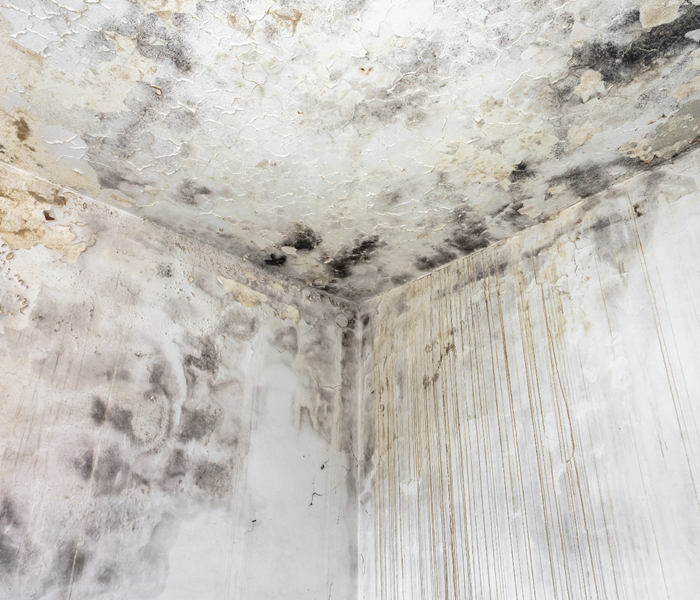Mold vs. Mildew: Understanding the Key Differences and How to Deal with Them
5/25/2023 (Permalink)
Mold and mildew are both types of fungi that can grow in damp, warm environments and can be found in various parts of our homes, such as bathrooms, basements, and kitchens. While they may appear similar and are often used interchangeably, there are some key differences between mold and mildew that are important to understand in order to effectively identify and manage them. In this blog, we will explore the differences between mold and mildew.
Definition and Appearance
Mold is a type of fungus that can grow in various colors, such as black, green, or gray, and has a fuzzy or slimy texture. It can penetrate the surface it grows on and can spread easily, both horizontally and vertically. Mold tends to grow in areas with high moisture content, such as water-damaged walls, damp basements, and areas with poor ventilation.
On the other hand, mildew is a type of mold that is specifically identified by its appearance. Mildew is usually white or gray and has a powdery texture. It typically grows on the surface of damp materials, such as bathroom tiles, fabrics, or paper, and is commonly found in bathrooms, kitchens, and other areas with high humidity.
Growth Conditions
Both mold and mildew thrive in damp, warm environments. However, there are some differences in the specific conditions that favor their growth.
Mold typically grows in areas with high moisture content, such as water-damaged walls, leaky pipes, or areas with poor ventilation. It can also grow on organic materials, such as wood, paper, and fabric, and can withstand a wide range of temperatures.
Mildew, on the other hand, tends to grow on the surface of damp materials, such as bathroom tiles, shower curtains, or fabrics, and is commonly found in areas with high humidity, such as bathrooms, kitchens, and basements. Mildew is more commonly found on non-organic materials and prefers a relatively cooler temperature compared to mold.
Cleaning and Prevention
Both mold and mildew should be addressed promptly to prevent further growth. Here are some key steps for cleaning and preventing mold and mildew.
- Clean mildew-infected surfaces with a solution of water and mildew-specific cleaner, which can be found in most grocery or hardware stores.
- Use a scrub brush or a sponge to scrub the affected area thoroughly, making sure to remove all visible traces of mildew.
- Rinse the area with clean water and dry it thoroughly to prevent further moisture buildup.
- Increase ventilation in the affected area by using exhaust fans, opening windows, or using a dehumidifier to reduce humidity levels.
- Avoid leaving damp materials, such as towels or clothes, lying around, and promptly fix any leaks or water damage to prevent future mildew growth.
- Regularly clean and dry surfaces prone to mildew growth, such as bathroom tiles, shower curtains, and window sills, to prevent mildew from returning.
In both cases, it's essential to address the source of moisture and ensure that the affected areas are thoroughly cleaned and dried to prevent further growth of mold or mildew.
Damage Potential
Mold can cause more significant damage compared to mildew due to its ability to penetrate surfaces and spread rapidly. It can cause structural damage to buildings, furniture, and other materials it grows on, and may require professional remediation in severe cases.
Mildew, on the other hand, is typically limited to surface growth and does not penetrate materials like mold does. However, if left untreated, mildew can still cause discoloration and damage to surfaces, especially porous materials such as fabric and paper.
In summary, while mold and mildew are both types of fungi that can grow in damp, warm environments and have some similarities, they have distinct differences in terms of appearance, growth conditions, cleaning and prevention methods, and damage potential.





 24/7 Emergency Service
24/7 Emergency Service
